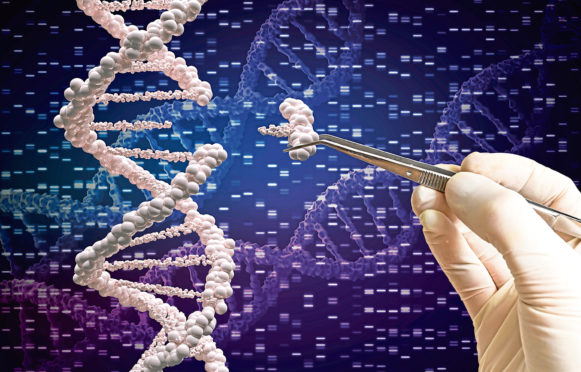Europe’s stance on genetic modification (GM) and gene-editing (GE) looks set to be ditched if Boris Johnson follows through on his pledge to “liberate” the UK’s bioscience sector from EU rules in the wake of Brexit.
The Scottish Government remains fiercely opposed to the cultivation of GM crops in the open environment in order, it says, to protect the “clean green status of Scotland’s £14 billion food and drink sector”.
However, two of Britain’s agricultural science powerhouses – including the James Hutton Institute (JHI) at Invergowrie – responded warmly to the intended direction of travel in Mr Johnson’s first speech as prime minister.
Rothamsted Research director Professor Achim Dobermann said he welcomed the prospect of a more pragmatic approach to the risk assessment of GM crops, while JHI director Professor Colin Campbell – whose institute relies heavily on funding from the Scottish Government – said GM and GE had “great potential” to develop crops with biological resistance to pathogens, including blight in potatoes.
Prof Campbell acknowledged the need to take account of what is “socially acceptable” and to reflect local market sensitivities, but he added: “JHI is pioneering new ways of conventional breeding and uses GM and GE to help understand how to do this better.
“We are interested in a wide range of crop traits including those that might be seen as public-good traits, such as reducing the environmental impact of fertilisers, pesticides and greenhouse gas emissions.
“The deployment of GM and gene editing also needs to help address the climate crisis and loss of biodiversity we see around the world. Biological resistance would reduce the reliance on chemicals and potentially reduce the environmental risks often associated with synthetic biocides.”
Meanwhile, Prof Doberman said instead of a blanket ruling across all gene technologies, GM crop regulation could be done in a “much smarter” way, including on a trait by trait basis.
nnicolson@thecourier.co.uk
